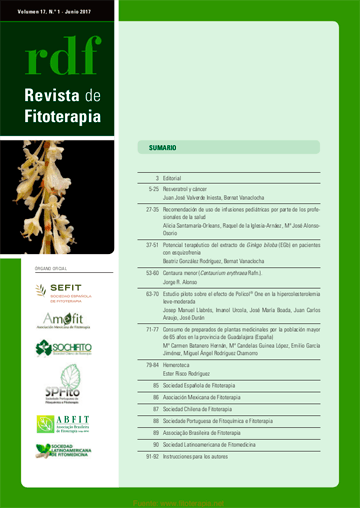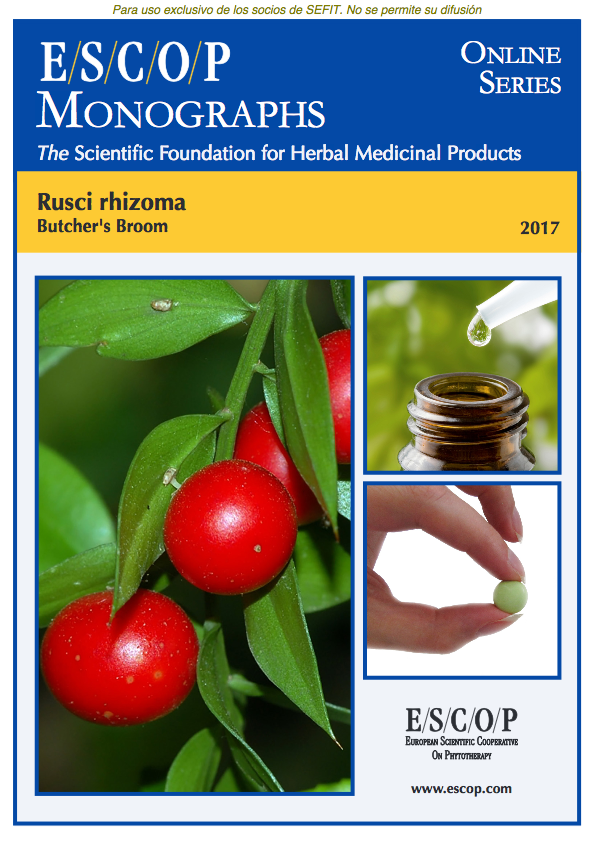Carrasco, Marina; Guzman, Laura, Driouech, Leila; Millet, Mireia; Chamorro-Duran Judit; Navarro, Ana; Barroso, Emma; Verdaguer, Ester; Auladell, Carme; Manzine, Patricia; Ettcheto, Miren; Camins, Antoni
Comunicación en el 13º Congreso de Fitoterapia de SEFIT. Barcelona, 6-9 de noviembre de 2025
Licochalcone A (LCA) is chalcone-type flavonoid found in Radix Glycyrrhizae extract, which is listed in the Chinese Pharmacopeia for multiple purposes. Specifically, LCA is present in the root and rhizomes of Glycyrrhiza inflata and have reported anti-inflammatory and anti-diabetic effects. Interestingly, the understanding of neurodegenerative diseases is evolving toward a systemic view where metabolism and inflammation play central roles. However, little is known about the neuroprotective effects of LCA. Therefore, this study aimed to evaluate its neuroprotective effects under metabolic dysfunction.
For this study, male C57BL/6J mice were fed with control or high-fat diet (HFD) from weaning. At eight-months-old, animals were treated intraperitoneally with LCA (15 mg/kg/day) or saline three times per week for four weeks. Behavioral and metabolic assessments were performed to evaluate cognitive function and glucose homeostasis. Liver and brain markers of metabolism, amyloid burden, inflammation, and synaptic plasticity were examined using histological, immunochemical, and molecular techniques.
The results obtained demonstrated that LCA markedly improved metabolic and cognitive outcomes in HFD-fed mice. LCA treatment demonstrated to reduce body and liver weight, enhanced glucose tolerance, and improved liver architecture. Mechanistically, these effects were linked to PTP1B inhibition and AKT activation in both liver and hippocampus. LCA also limited HFD-induced amyloid-β42 accumulation through enhanced LRP1-mediated hepatic clearance and attenuated TLR4-mediated systemic inflammation. Consequently, LCA preserved synaptic integrity by upregulating post-synaptic proteins and synaptic plasticity markers, maintaining dendritic spine density, and ultimately improving memory function.
In conclusion, these findings support LCA as a promising multi-target candidate for treating HFD-induced neurodegenerative conditions, through the modulation of metabolic and inflammatory pathways across the liver-brain axis.


